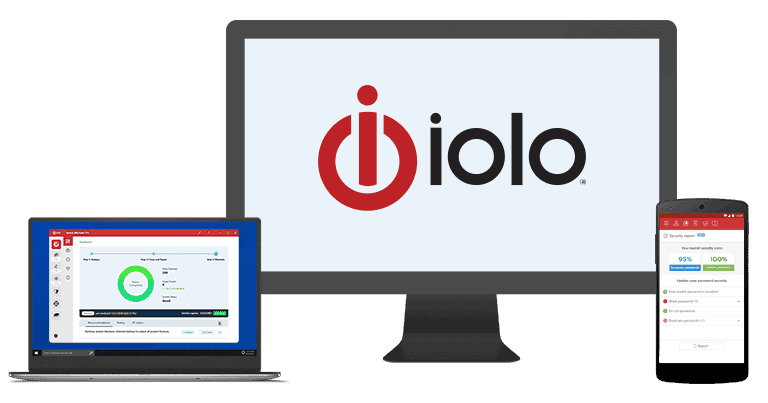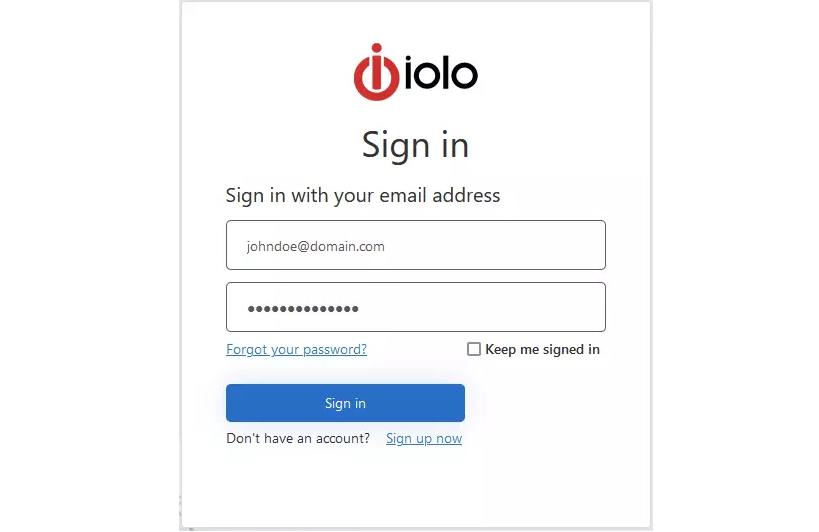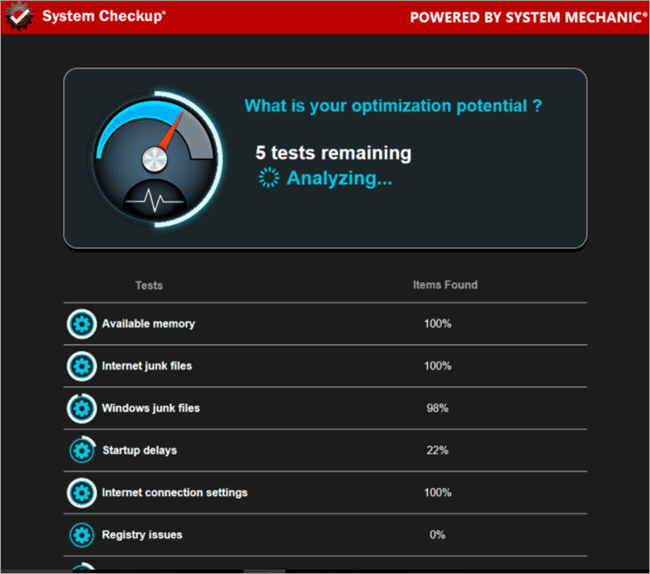Let’s talk about it.
The iolo System Login Page. You’ve probably seen it. Maybe you’ve used it. Maybe you clicked on it once, stared blankly, then hit back. It happens.
But there’s more to it than just a username box and a blinking cursor. It’s the gateway to something bigger.
Let me tell you a quick story.

A Late Night, A Slow PC, and iolo
It was 2:13 a.m. on a Tuesday. Yeah, a weird time. I was working on a deadline. The kind of work where every minute counts and every glitch feels like a betrayal. My laptop? It was dragging. Crawling, actually. Programs freezing. Browser tabs crashing. You know the drill.
Desperate, I googled “how to make my computer faster.” Yeah. The usual. Forums. Sketchy ads. Tutorials that needed a computer science degree. And then—there it was. iolo System Mechanic. I’d heard of it. Didn’t know much, but at that moment, I didn’t need convincing.
I downloaded it. It asked me to sign up. Simple. Quick. No drama.
Then came the login page.
First Impressions – The Login Page
Now, let’s get to the meat of it. The iolo System Login Page. It’s clean. Minimal. No loud colors. No pop-ups screaming for attention. Just a space to log in and get going.
Email. Password. Done.
But here’s the thing. What makes it good isn’t how it looks. It’s how it feels. Smooth. Safe. Familiar. That’s rare.
Because when you’re dealing with a product that scans your PC, touches system files, digs into memory usage—you want that comfort. You want to know the gate you’re entering is legit.
Why Even Have a Login Page?
You might wonder. Why not just open the app and go? Why the fuss?
Security. Personalization. Consistency.
Let’s break it down.
When you log in to iolo, it’s not just about access. It’s about syncing your stuff. Your PC’s status. The health reports. Any settings you’ve tweaked. Cloud-based preferences. License info. All of that gets tied to your account.
Lose your device? Crash your OS? Doesn’t matter. Log in from another machine, and boom—you’re back.
So yeah. The login page—it matters more than you think.
What You’ll See There
Nothing overwhelming. No learning curve.
You’ll find:
- An email field.
- A password box.
- “Forgot password?” link.
- And a “Create account” option if you’re new.
Sometimes there’s a two-step verification if you’ve enabled it. A simple “check your inbox” prompt. Security first. Always.
And oh—there’s often a “Remember me” box too. Handy, but only if you’re on your own device. Don’t use that on public PCs. Please. Just don’t.
When Things Go Wrong (Because Sometimes They Do)
Not every login is smooth. Sometimes the server lags. Or you forget your password. Or your keyboard’s stuck on Caps Lock and you don’t notice. Trust me, it’s happened.
But here’s where iolo does good. Recovery is painless. Click “Forgot Password.” They’ll send you a reset link. It works. Fast.
No shady redirects. No digging through spam folders for some hidden code. Straightforward and easy.
Got multiple devices? Just log in. Your subscription travels with you.
But let’s be honest. Some folks still struggle. Maybe an old email. Maybe they forgot they ever made an account. In that case, support’s your best bet. They’re not lightning-fast, but they respond. Human responses, not robotic scripts. That counts for something.

Login Page = Trust Gateway
Here’s a little truth.
When you open an app or a site that asks for your login—you pause. You think. Is this real? Is my data safe?
And iolo gets that. Their login page doesn’t try too hard. No gimmicks. Just clean and solid. It quietly says, “You’re good. Come on in.”
And once you’re in, System Mechanic takes over. Cleanup. Speed boost. Deep scans. It’s like spring cleaning but for your digital world. But none of it happens without that login.
So, yeah. That page? It’s not just a form. It’s a handshake. A welcome mat. A quiet nod that says, We got you.
The Human Side of Tech
Let’s shift gears for a second.
Tech is cold. It’s numbers. Code. Algorithms. But we’re not. We’re human. We forget passwords. We misspell emails. We get frustrated.
The iolo login page? It gets that. It’s forgiving. If you mess up, it doesn’t scream. It gently nudges. “Try again.” “Need help?” It’s got that human touch.
And that’s rare. Most apps don’t care. You mistype once, and they lock you out. Not here. There’s patience in the design.
New Users – No Intimidation Here
Never used iolo before? No sweat.
From the login page, it’s one click to create an account. Name. Email. Password. That’s it. No quizzes. No 20-step verification. It’s not a test.
Just you and your new account. Welcome aboard.
Once you’re in, it syncs. Finds your device. Starts checking your system’s vitals. Kinda like a digital doctor’s visit. No waiting room. No clipboard.

For the Skeptics
Okay, maybe you’re still unsure.
You’ve been burned before. Fake optimization tools. Sketchy software promising speed but delivering ads. Fair. It happens.
But here’s the thing. iolo’s been around for a while. Trusted by millions. Award-winning kind of thing. The login page is just a piece—but it’s a strong one. A confident one. A piece that says, “You’re in good hands.”
Logging Out – Sometimes You Should
Before we wrap this up, a quick word on logging out.
If you’re on a shared device? Log out. Always.
It’s tempting to just close the window. But that leaves a door open. Anyone could step in. Don’t take that chance.
There’s a “Log out” button, usually in the upper corner. Click it. Simple. Done.
And just like that—you’re out. Safe.
Final Thoughts
The iolo System Login Page isn’t glamorous. It won’t win design awards. But maybe that’s the point.
It’s quiet. Functional. Trustworthy. It does its job without fireworks. And honestly? That’s refreshing.
It respects your time. Your trust. Your tech.
So next time you see it—pause. Take a second. You’re not just logging in. You’re stepping into a cleaner, faster, safer digital space.
It all begins right there. At that login page.
Need help getting in? It’s all right there.
Need a faster PC? That’s behind the gate.
Just enter.
You’re welcome.
